“Level of expected inflation in February decreased slightly” – Central Bank
Samarkand has surpassed Tashkent in terms of forecasts both among the population and among entrepreneurs.
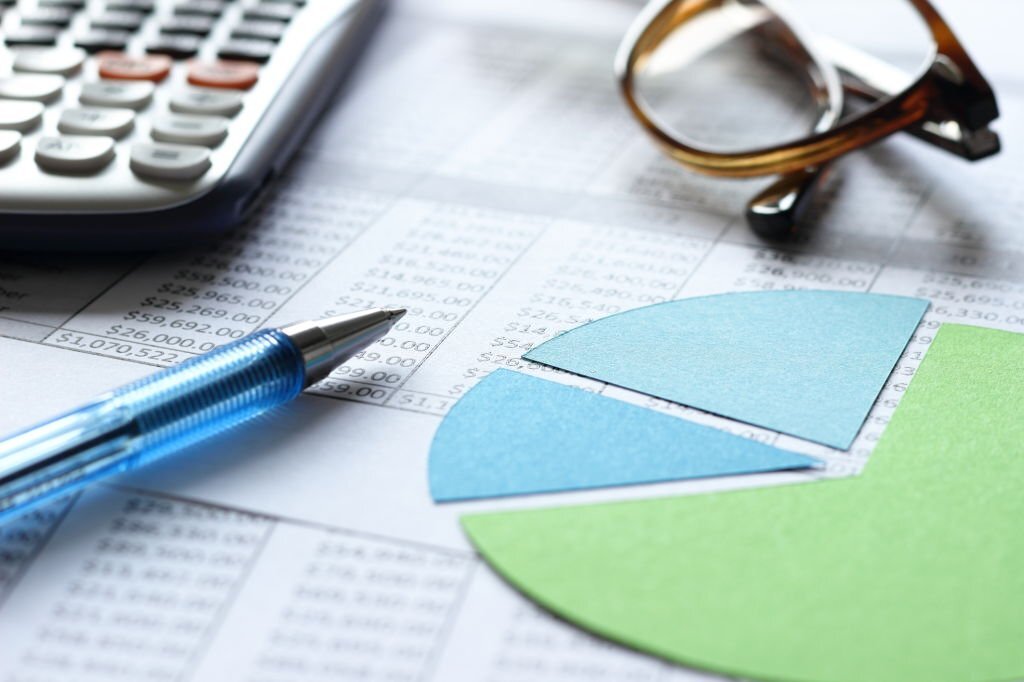
Photo: Getty Images
According to the Central Bank, the expected inflation rate in Uzbekistan continues to gradually decline.
Based on the results of the February survey, the average price growth forecast for the next 12 months was 13% (-0.1%). The median indicator dropped by 0.2 percentage points – up to 10.6%.
Residents of Samarkand were slightly ahead of Tashkent residents in terms of inflation expectations (15.8% and 15.7%, respectively), the Syrdarya region took third place (13.8%). The lowest forecasts were given in Karakalpakstan (9.7%), Andijan (9.8%) and Khorezm (11.1%).
By occupation, doctors gave the highest forecasts for price increases (15.5%), followed by industrial workers (14.8%) and sales workers (14.5%). The list is completed by agricultural workers (11.3%), students (11.6%) and representatives of the tourism sector (11.7%).
Exchange rate fluctuations remain the main factor influencing expectations (56%), and the share of participants who noted fuel prices has also increased (54%). It is followed by the increase in housing and communal services tariffs (39%), transport costs (33%), as well as the influence of monopolies and speculation (30%).
The average expected inflation rate for entrepreneurs remained at the January level – 12.7%. At the same time, the median forecast dropped to a new low – 10.4% (-0.2 percentage points).
The highest forecasts were given in the creative industries (13.6%), logistics and delivery (13.5%), and medicine (12.8%). Inflation expectations were lower than others for artisans (9.3%), IT business (10.6%), industry (10.8%) and the agricultural sector (10.9%).
By region, the most optimistic assessments were given by businesses in Khorezm (9.1%), Karakalpakstan (9.6%) and Kashkadarya (10.3%). The highest forecasts were in Samarkand (16%), Tashkent (15.1%) and Jizzakh (14.2%).
As with the population, the most frequently cited reasons for the forecast were the dynamics of exchange rates (57%) and energy prices (49%). The share of housing and communal services tariffs (37%) and transport costs (35%), as well as the tax burden (27%) increased slightly.
Related News
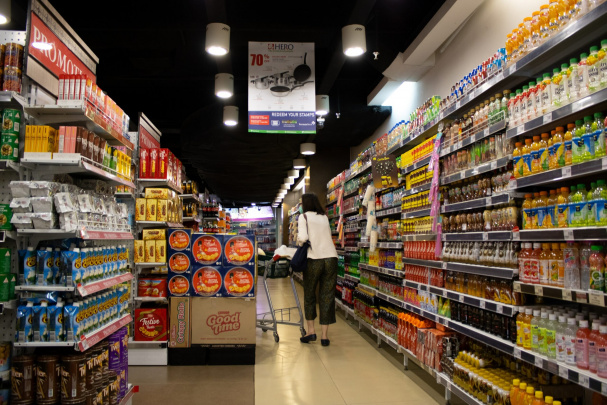
10:32
Inflation expectations in Uzbekistan drop sharply in June
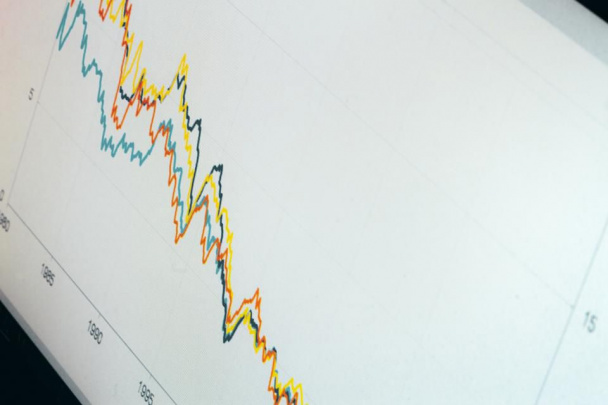
15:22 / 01.07.2025
Uzbekistan sees 0.2% deflation in June amid seasonal vegetable price drop
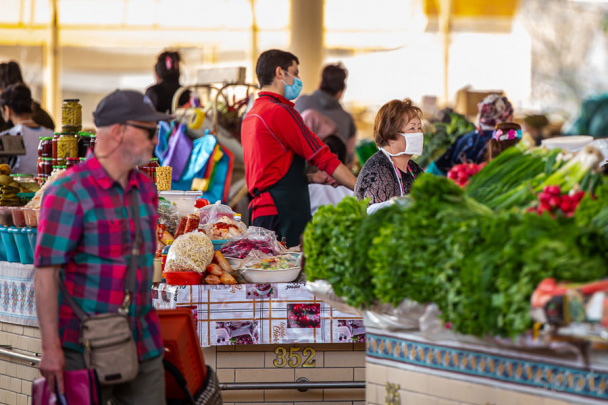
14:54 / 13.06.2025
Energy costs, utility tariffs continue to shape inflation expectations in Uzbekistan
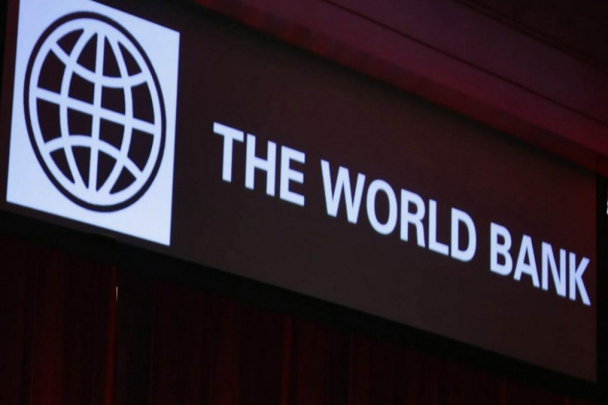
20:13 / 12.06.2025



